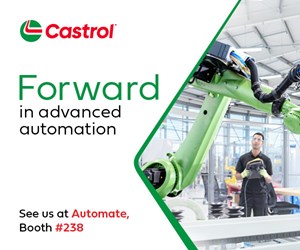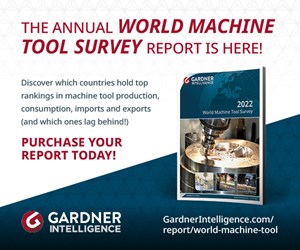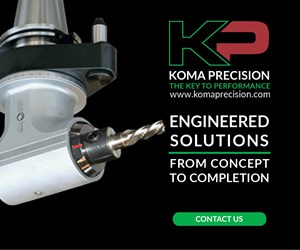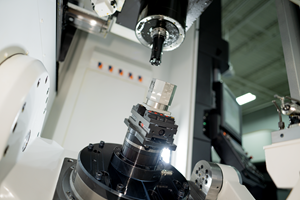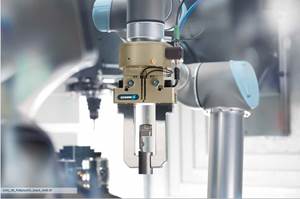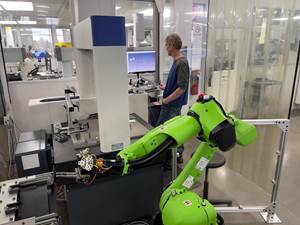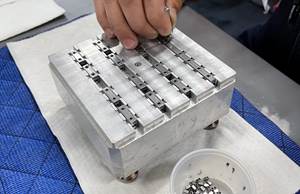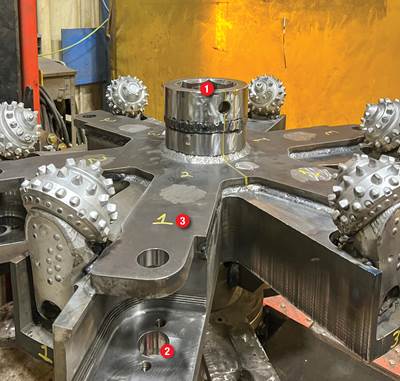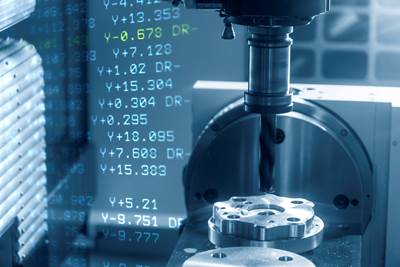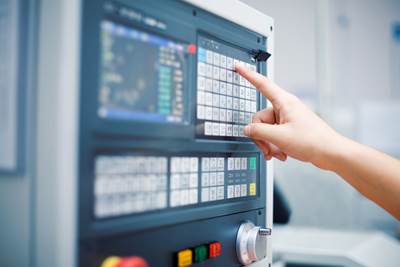Automating Material Handling Workflows With Autonomous Robots
Automation in a machine shop can boost throughput and productivity while easing the burden of the skilled labor shortage. Where do these self-guided mobile robots fit into the automation roadmap?
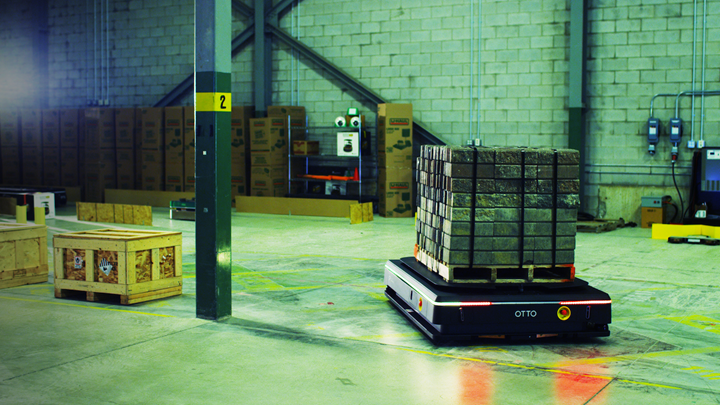
The OTTO 1500 AMR can haul payloads of over 4,000 pounds and reach speeds of 4.5 mph. Photo Credit: OTTO Motors
When implemented correctly, automation can be a boon to machine shops with the right processes in place. Improving productivity and efficiency, lessening the impact of the labor shortage and reducing lead times are a few of the potential benefits of properly implementing automation.
For many of these shops, automation adoption has followed a roadmap, and the key is to start small and proceed step by step. For a shop taking these steps, adopting quick-change workholding or machine-tending cobots, for example, do autonomous mobile robots (AMRs) used for transporting materials fit into that roadmap?
OTTO Motors, which produces the OTTO 1500 line of AMRs, says yes, but only under the right circumstances. The primary workflow scenario for using AMRs in a machine shop involves what Jay Judkowitz, OTTO Motors’ VP of product, calls “islands of automation.” These are machines that function independently of other machines or other processes. At any of these islands, a robot might unload a machine, and an AMR would transport the load of finished parts to the next stop in the workflow.
Judkowitz says the value of this is similar to the use of mobile robots in warehouses or other settings. “You’re basically augmenting the labor force because it’s very hard to hire material handlers,” he says. “You get rid of the dangerous job that people don’t want to do or do unsafely. You’re increasing productivity and increasing worker safety.” He says this change frees up skilled material handlers to take on less repetitive, more fulfilling positions.
Highlighting Safety in Automation Workflows
According to the U.S. Bureau of Labor Statistics, there were nearly 65,000 nonfatal occupational injuries that required time off work for people in freight, stock and material moving and handling jobs in the U.S. in 2020. Otto says statistics like those highlight the potential safety benefits of AMRs.
Light Detection and Ranging (LiDAR) technology is used to provide information on the AMR’s surroundings, identify objects, predict collisions and avoid obstacles. The LiDAR technology covers all 360 degrees around the robot to find out what is in its path. The robot can calculate whether it can travel at full speed or whether it needs to slow down or stop based on the distance between itself and an obstacle. With those calculations always going on when the robot is at work, Judkowitz says another important part of the equation is that “Robots don’t get tired. They’re not distracted. They’re always looking all the time.”
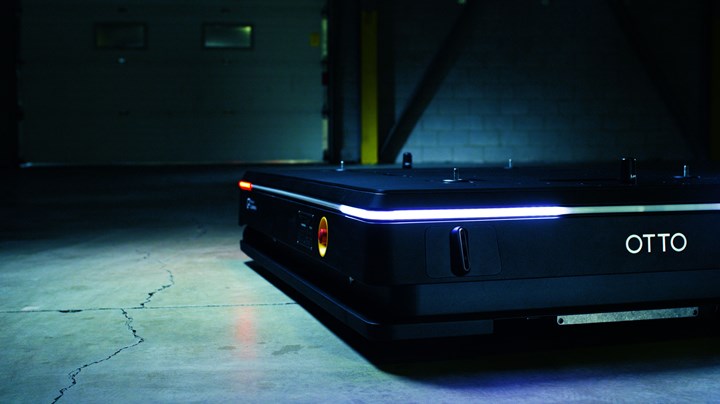
Light Detection and Ranging (LiDAR) technology is used to provide information on the AMR’s surroundings, identify objects, predict collisions and avoid obstacles. Photo Credit: OTTO Motors
Learning the Shop Floor
Before a shop can start using its OTTO AMR, the robot has to learn its work environment, which means the shop floor must be mapped out. To do this, a single OTTO is driven through the facility, “kind of like a remote-control car,” Judkowitz says, mapping out the environment with the LiDAR technology.
“It uses [LiDAR] to figure out what’s around it,” Judkowitz says. “And so, it’s called simultaneous localization and mapping. It’s constantly checking the obstacles around it, and using those obstacles, it’s able to figure out the boundaries of the facility.”
Once the mapping is done, the floor layout is uploaded and saved to OTTO’s fleet manager, and the fleet manager distributes the map to any other robots in the shop’s fleet. The fleet manager is OTTO’s software that is used to manage the AMRs. The software allows the AMRs to continuously map the floor to track changes and track where the AMRs currently are in the facility, and allows users to set up and customize traffic rules, schedule and track jobs, check charge levels and get notified about throughput, job times and more.
“I think where the complexity gets interesting is, ‘All right, how do I lay down the traffic rules and get the optimal traffic flow?’” he says. “Because it’s very configurable. You have a lot of different types of zones, a lot of different types of roles. You might want to experiment a little bit and try a bunch of different ideas to see what gets you the best material flow.”
Judkowitz said updates are released for the software approximately every six months. These updates can include faster robot speeds, better communication and fewer instances of getting lost, which can occasionally happen if the robots are in a very open area with few walls and little environmental variety.
Software updates are released through OTTO Care, which is OTTO’s subscription system that includes updates, live support and on-demand training, guides, videos and more, as well as annual hardware and software maintenance.
Related Content
Building a 5-Axis Cell
5-axis machining has taken over the metalworking industry, but what goes into a high-functioning 5-axis machining cell?
Read MoreLean Approach to Automated Machine Tending Delivers Quicker Paths to Success
Almost any shop can automate at least some of its production, even in low-volume, high-mix applications. The key to getting started is finding the simplest solutions that fit your requirements. It helps to work with an automation partner that understands your needs.
Read MoreBeyond the Machines: How Quality Control Software Is Automating Measurement & Inspection
A high-precision shop producing medical and aerospace parts was about to lose its quality management system. When it found a replacement, it also found a partner that helped the shop bring a new level of automation to its inspection process.
Read MoreNiche Work If You Can Get It: A CNC Machine Shop Crafts Its Own Destiny
The latest innovations in metalworking aren’t always related to CNC automation or robotics. For Rosenberger North America, a 2022 Top Shops Honoree, it is the company’s niche processes that create the biggest successes.
Read MoreRead Next
The Cut Scene: The Finer Details of Large-Format Machining
Small details and features can have an outsized impact on large parts, such as Barbco’s collapsible utility drill head.
Read More3 Mistakes That Cause CNC Programs to Fail
Despite enhancements to manufacturing technology, there are still issues today that can cause programs to fail. These failures can cause lost time, scrapped parts, damaged machines and even injured operators.
Read MoreObscure CNC Features That Can Help (or Hurt) You
You cannot begin to take advantage of an available feature if you do not know it exists. Conversely, you will not know how to avoid CNC features that may be detrimental to your process.
Read More

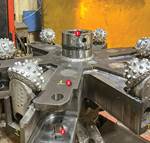


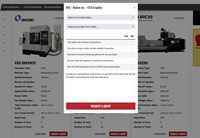
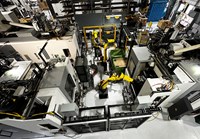

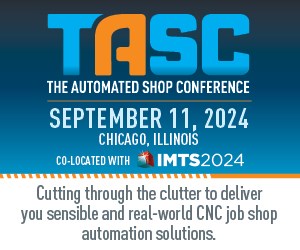

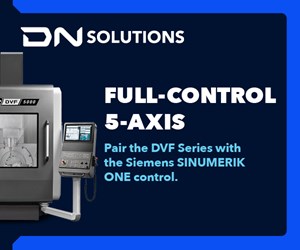



.png;maxWidth=300;quality=90)
